

We may earn revenue from the products available on this page and participate in affiliate programs. Learn More ›
Trees do more than provide soothing summer shade: They also enhance curb appeal and increase a property’s value if they’re well cared for. However, trees that grow on or near property lines can cause disagreements between neighbors. And if a tree falls, the damage can be costly to repair. A 2018 Consumer Reports homeowners insurance survey found that the median amount paid by insurance companies for settled tree claims was $4,110. Ahead, we get to the root of questions and issues surrounding tree ownership (of course, you’ll want to check with your local authorities to make sure they apply in your area).
1. Your Property, Your Tree
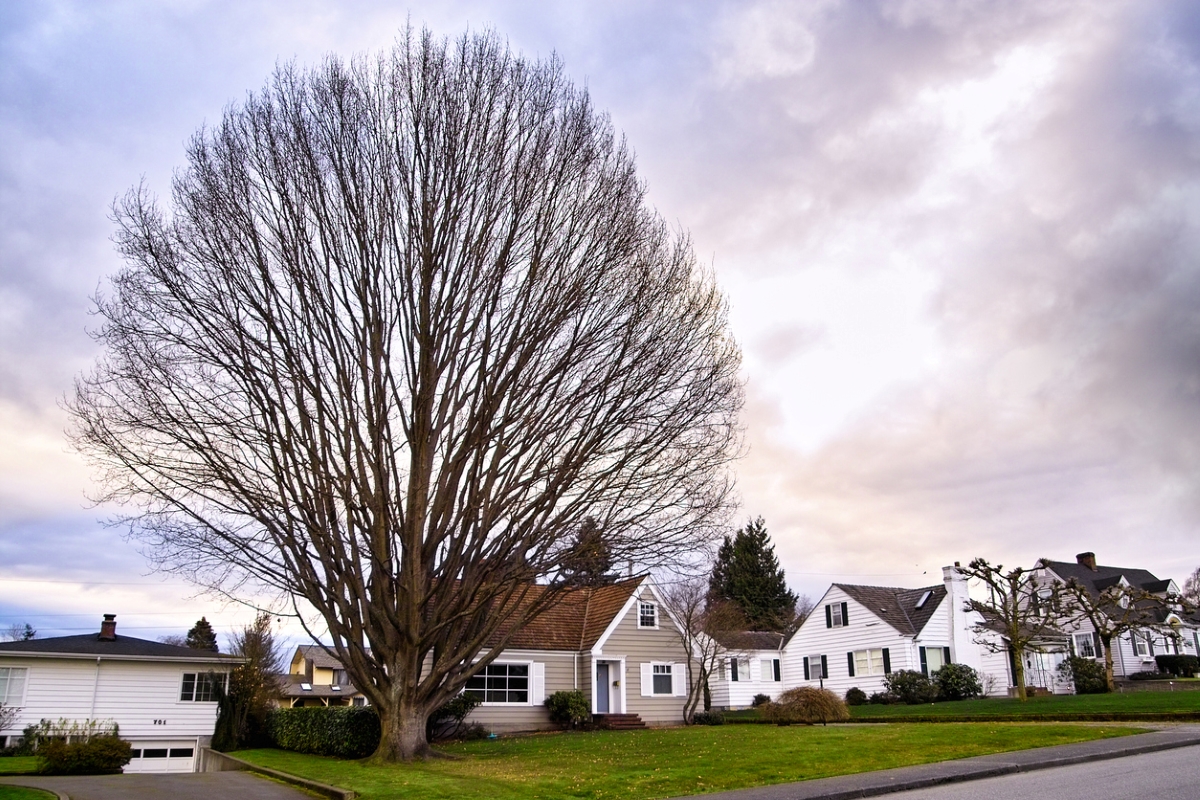
A tree near a property line belongs to the neighbor who owns the ground where it’s growing. This is true even if the other neighbor planted the tree, so it’s best to have the property surveyed to determine the exact boundary line before planting border trees. Don’t assume the boundary line lies where you stop mowing—it might be a few feet in either direction.
RELATED: 22 Fast-Growing Shade Trees to Plant in Your Yard
2. Shared Tree, Shared Responsibility
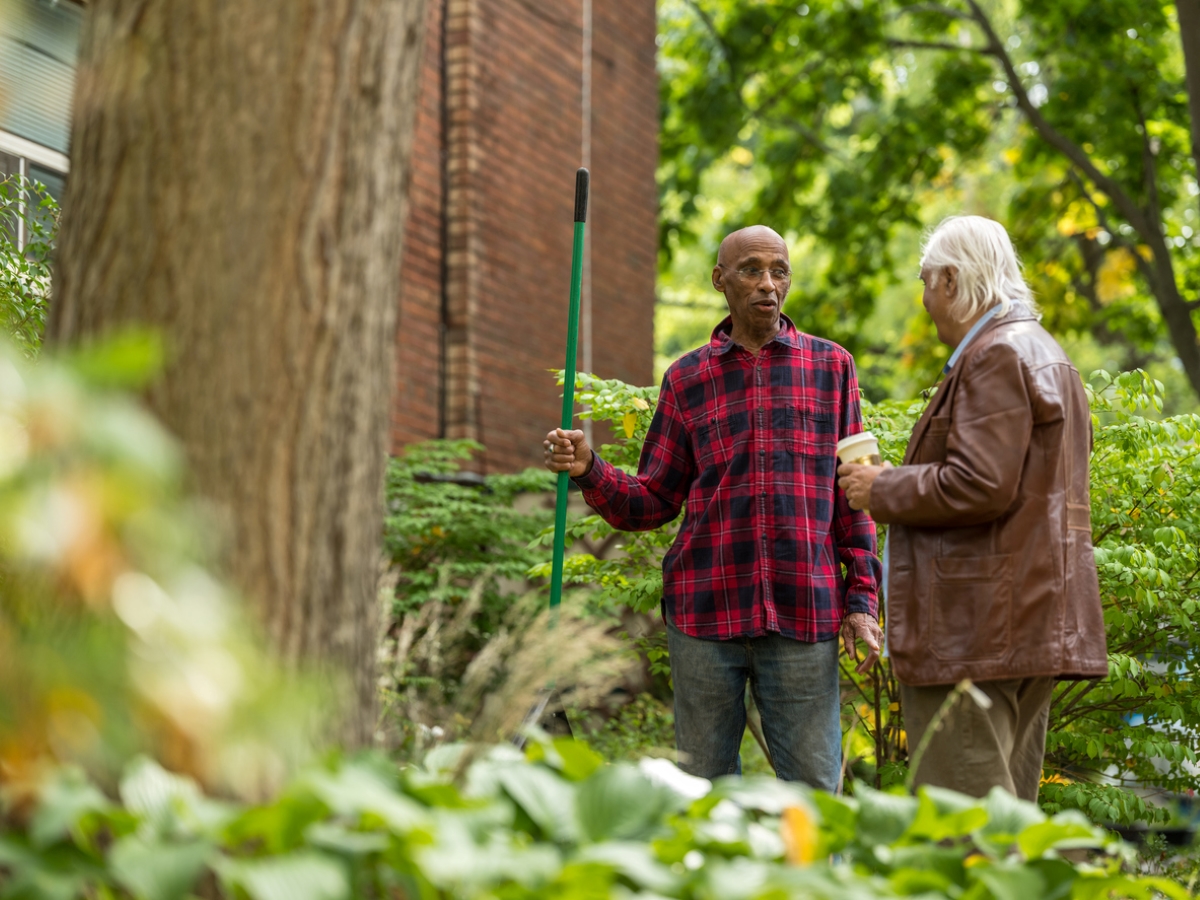
When a tree’s trunk lies directly on the boundary line between properties, the tree is known as a boundary tree and is owned by both neighbors. In the case of boundary trees, both neighbors should agree how to care for the tree and share maintenance expenses since both hold legal responsibility for its care. Both neighbors must also consent to the tree’s removal.
3. If a Neighbor’s Branch Hangs in Your Yard, You Can Cut It
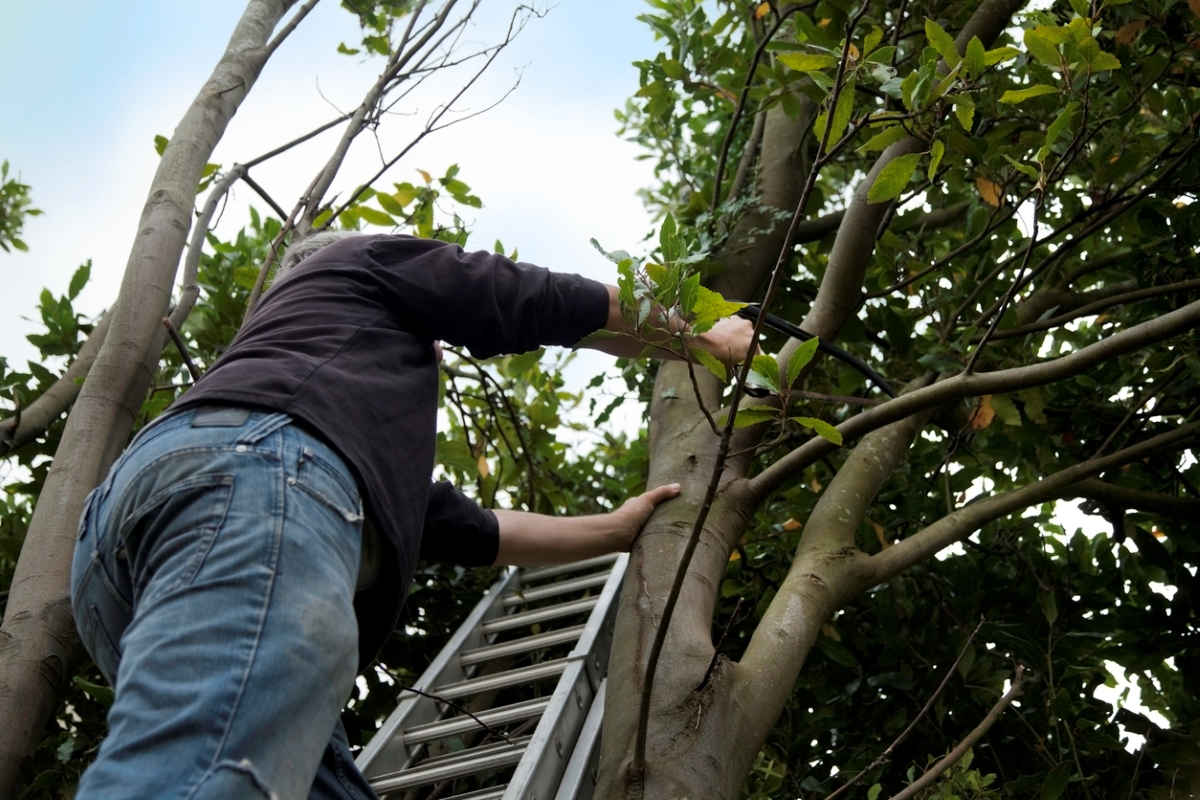
When branches from your tree extend over your neighbor’s property, including their fence, house, or yard, your neighbors can trim your tree’s branches back—but only to where their property line ends and no farther. However, if their trimming and pruning is excessive and kills your tree, they could be legally liable for replacing it.
RELATED: How To: Prune a Tree
4. Damage From Your Tree’s Wandering Roots Is on You
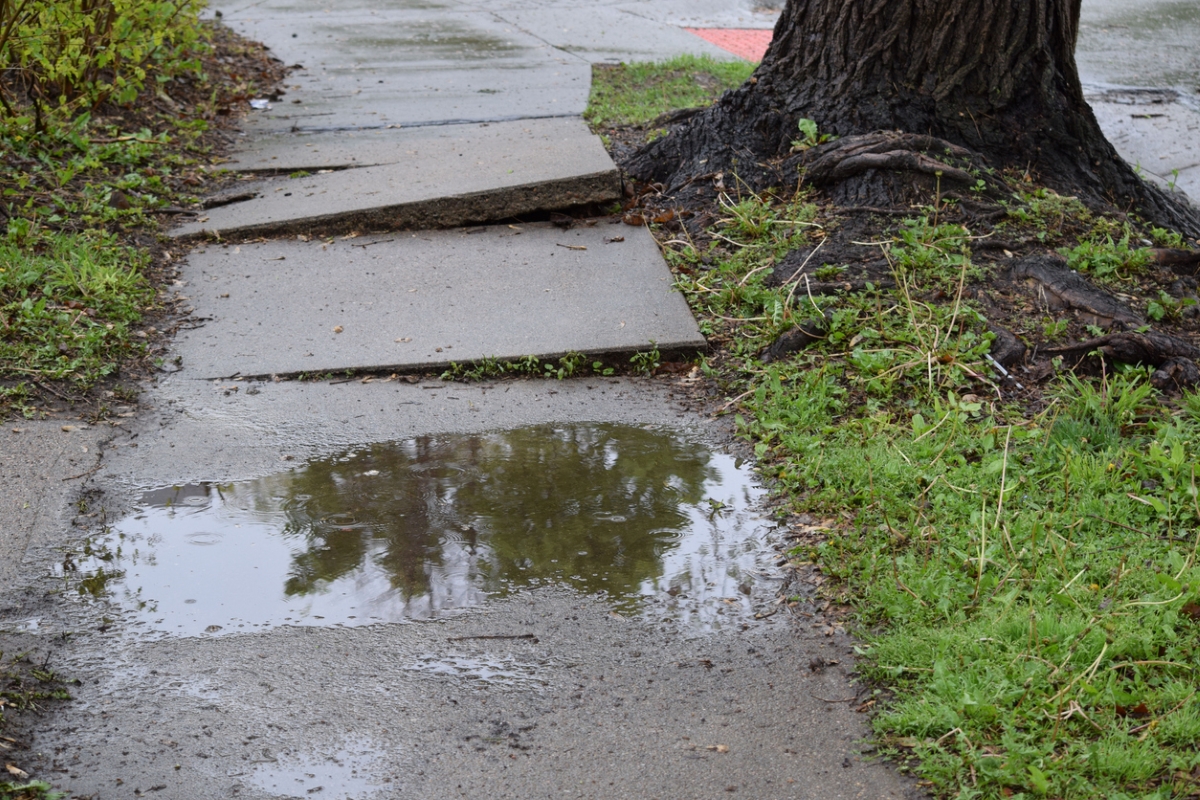
Spreading roots of large trees can push down fences and cause curbs and sidewalks to heave and crack. When wandering tree roots damage a neighbor’s property, the tree’s owner is financially liable. A court—or in some cases, the local planning and zoning authority—might order the tree’s owner to pay to remove the tree.
5. No Picking Without Permission
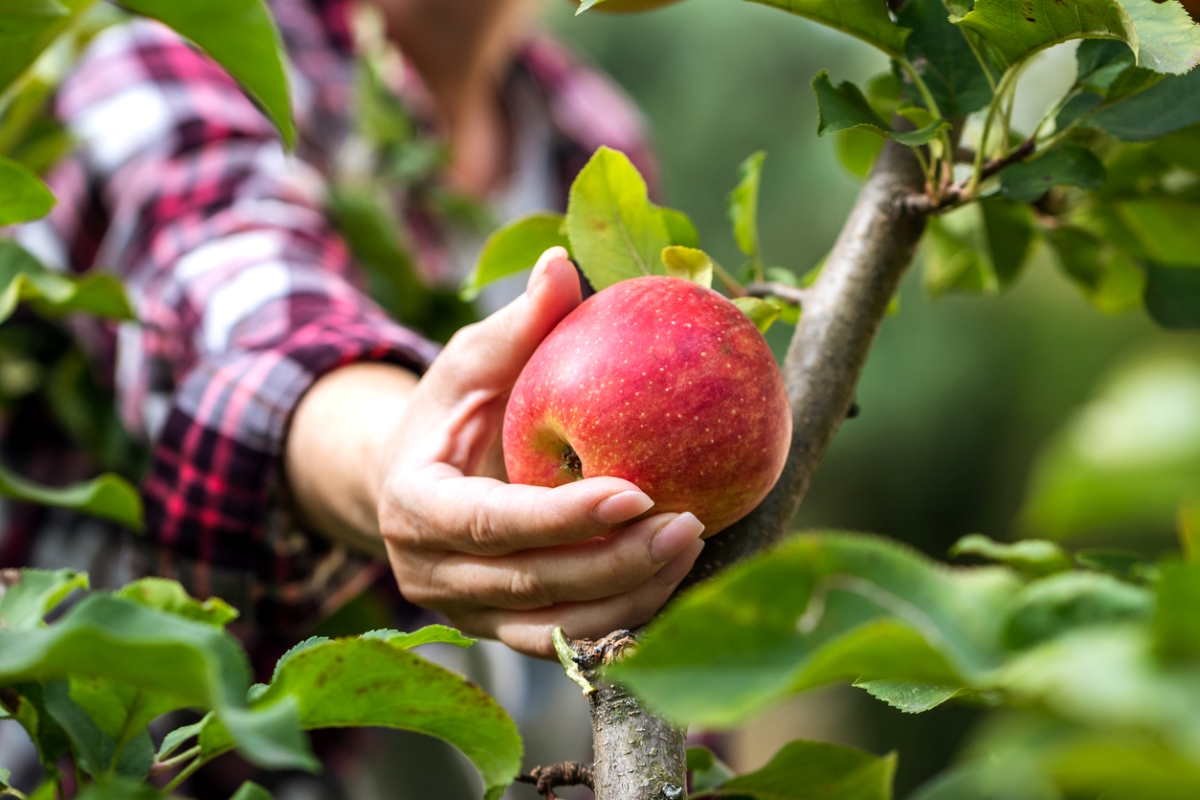
Although one neighbor can reasonably trim a branch that extends over a property line, if that branch bears fruit, the fruit belongs to the tree’s owner—no picking without permission. However, the law is less clear about fruit that falls to the ground, so check with local authorities to see whether you can gather apples or pears that fall on your side.
RELATED: Solved! When Is the Best Time of Year for Spraying Fruit Trees?
6. Leaves in Your Yard Are Always Your Responsibility
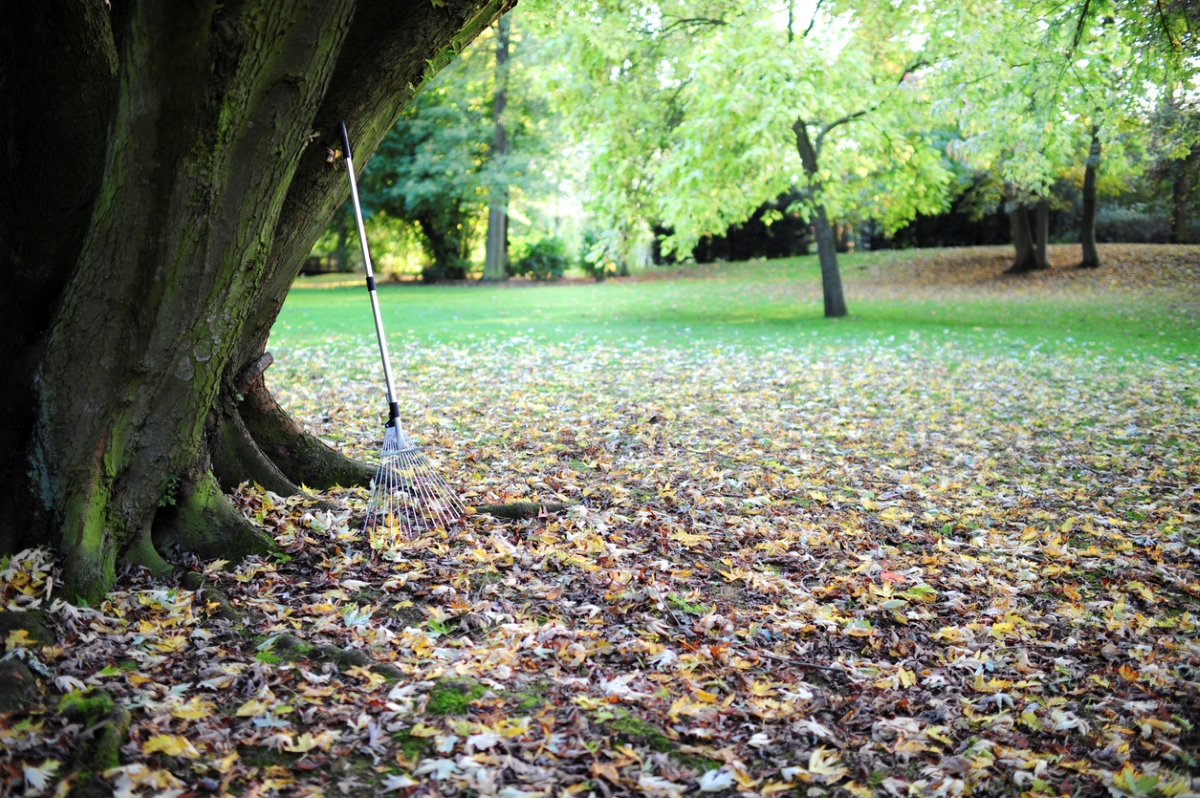
A tree’s owner is not responsible for clearing fallen leaves from a neighbor’s yard. The law typically considers leaves a “natural product,” and as such, each property owner is obliged to remove the leaves from their own yard.
7. You Probably Don’t Have Rights to a Scenic View
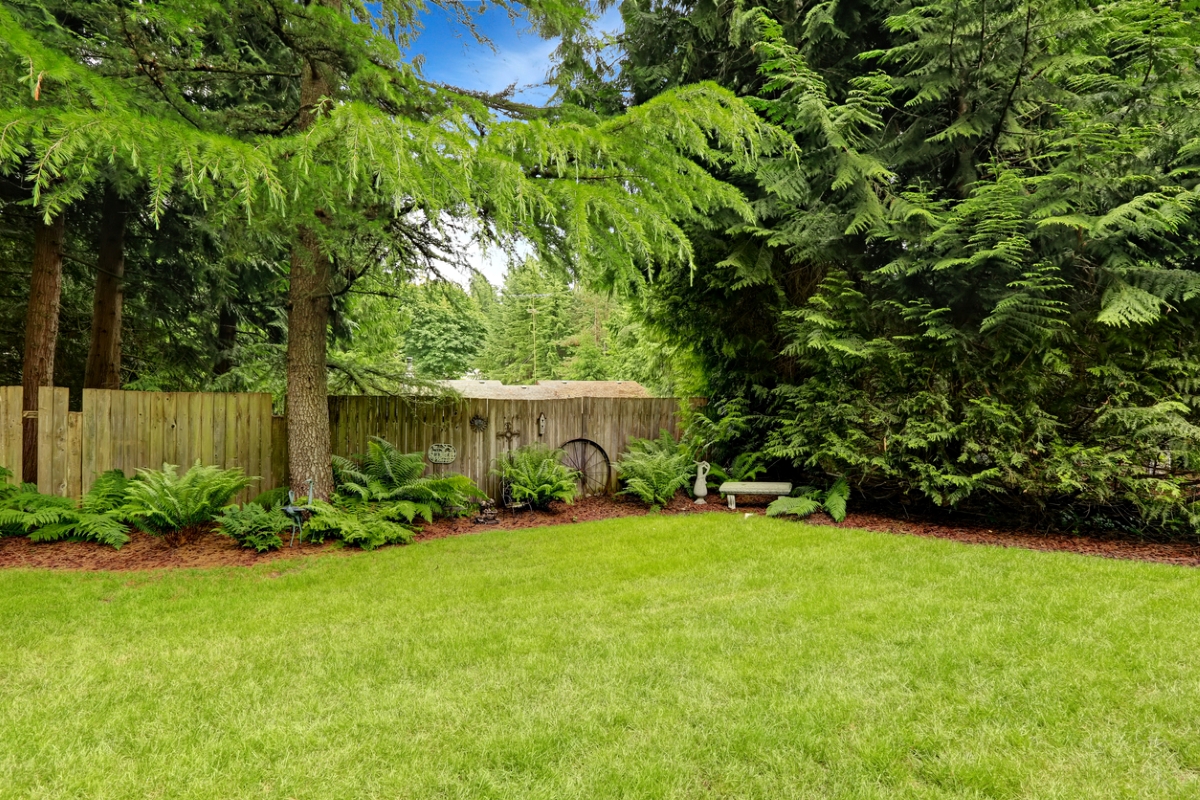
In many communities, you’re out of luck if the neighbor’s tall trees keep you from enjoying the sunset. Still, a few communities have view ordinances acknowledging that a scenic view increases property value, so if a neighbor’s trees block that view, you might be able to have the trees removed.
8. If Your Tree Falls in Your Neighbor’s Yard, You Might Not Be Liable
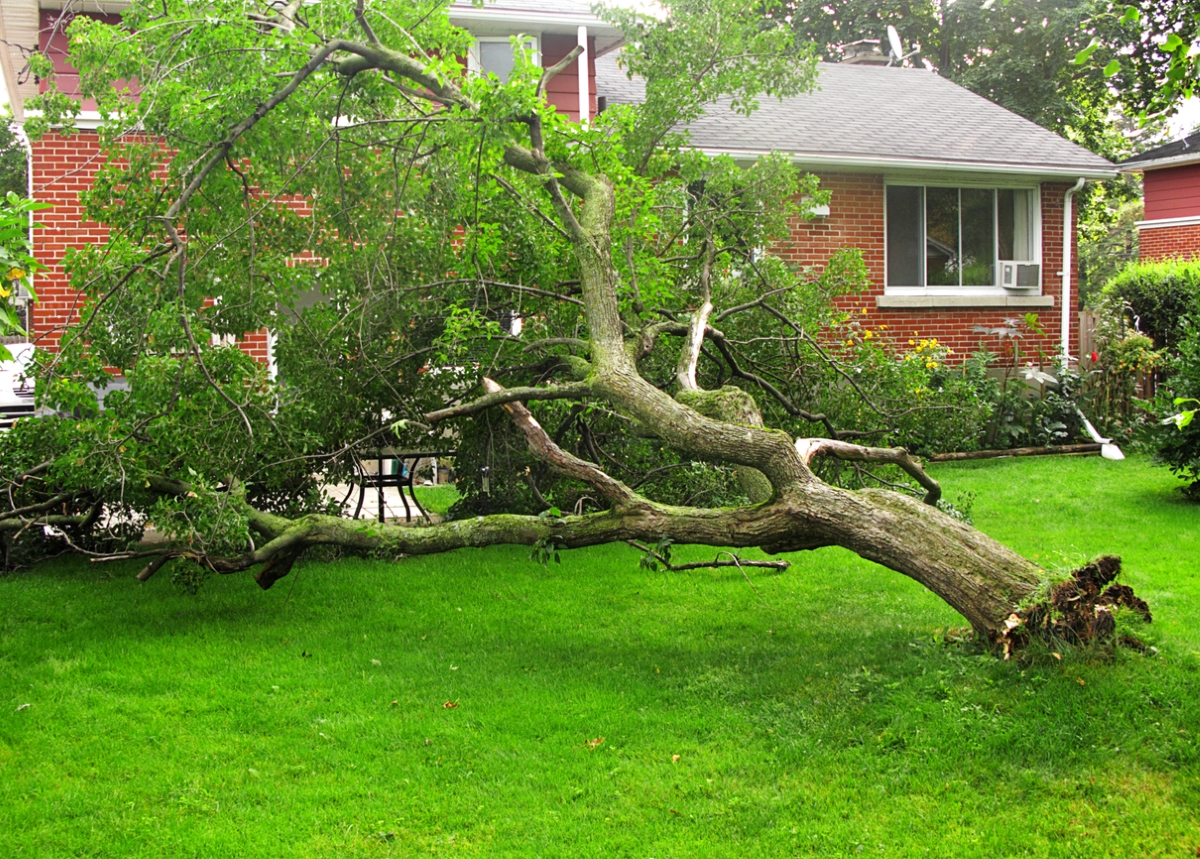
If a tree (or a limb from a tree) falls from natural causes, like lightning or an ice storm, then the person whose yard the tree fell into is responsible for damage, removal, and cleanup. This is true even if the tree is rooted in a neighbor’s yard. If, however, your tree falls into your neighbor’s yard because of negligence on your part, then you’re responsible for any damages the tree caused to your neighbor’s property. An example of negligence would be failing to prune or remove a decaying tree.
9. You’re Responsible for Trees on an Easement on Your Property

An easement legally allows someone to use part of another person’s property for a specific reason. For instance, if a company needs to run power lines through your yard, it would need an easement to do so—but the property remains yours. Generally, if a tree falls onto the easement, the property owner is responsible for removal and cleanup. An exception would be if the easement agreement specifies that the company or individual using the easement is responsible for fallen tree damage.
